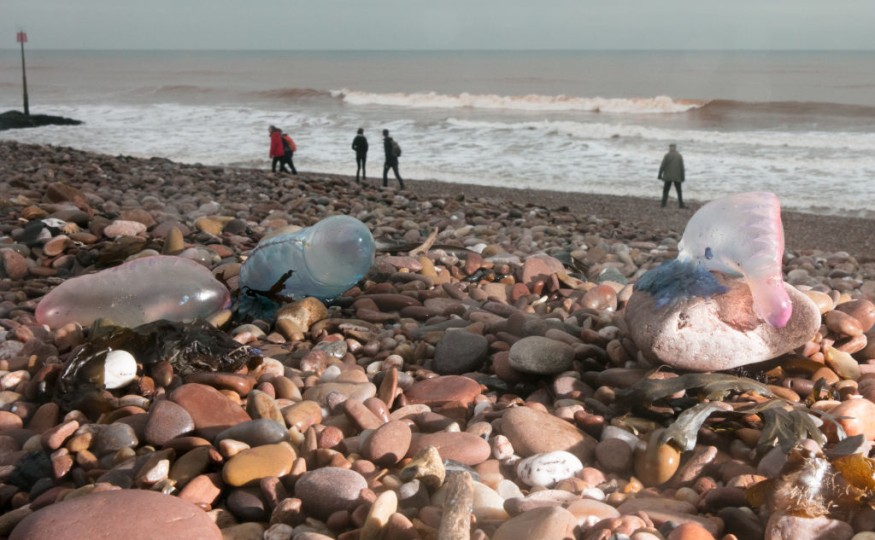
At least four children and two adults were reported with Portuguese man o' war stings on a beach in North Carolina.
Reported Cases of Portuguese Man O' War Stings
According to Oak Island Water Rescue, four children were among the vacationers stung by Portuguese man o' wars on North Carolina's Oak Island.
Over the Fourth of July holiday, the tentacled sea animals started washing up on beaches, prompting social media warnings. In a Facebook post, Oak Island Water Rescue stated that they had received messages reporting instances of Portuguese man o' war stings at several points along the beach. The rescue crew also cautioned beachgoers from approaching the animals since their stings are very unpleasant.
Portuguese man o' wars were also spotted washing ashore at adjacent Holden Beach to the south.
According to Kasey Uthus, one of those stung on July 3, at Oak Island was her 6-year-old son.
The tentacles are longer than first believed, but Uthus claims her son is now doing okay. She claims he was playing in the sand when they spotted it.
Uthus thanked everyone who jumped in to aid in a social media post, especially the woman who saw what happened and jumped in right away, News & Observer reports.
Portuguese Man O' War
Portuguese man o' wars, which resemble jellyfish, are carried by the wind and ocean currents. They are actually made up of a colony of specialized, genetically identical zooids, or clones, who have different forms and functions but function as a single entity as a whole, according to NOAA. Scientists say that its tentacles may extend approximately 100 feet and have an average length of 30 feet.
The stinging nematocysts, tiny capsules filled with coiled, barbed tubes that release venom capable of paralysis, killing small fish and crustaceans, are found in the tentacles. According to NOAA, the man o' war's sting packs a brutal punch and results in welts on exposed skin, even though it seldom kills people. According to scientists, when the creatures wash ashore, their tentacles can spread across the sand and harm anyone who passes by without shoes.
Also Read : Invasive Australian Spotted Jellyfish Sighting on Texas Beach Might Mean Less Food for Native Marine Life
Self-Care After a Portuguese Man O' War Sting
According to Lancaster General Health, it's crucial to refrain from rubbing the region and instead attempt to numb and wash it. Use just hot water and topical lidocaine for optimal results. Only when topical lidocaine and hot water are unavailable may the nematocysts be removed and washed with salt water. Use only artificial tears and saline eye drops to relieve eye stings.
After decontamination, carefully remove the tentacles by pulling them off with a stick or while wearing gloves or with a cloth to protect the skin of the one administering first aid. Do not press or rub the tentacles. Ice can be used to help with pain relief, while 1% hydrocortisone cream or loratadine can be used to treat itching.
Related Article : Deadly Portuguese Man O' Wars Are Lurking in Virginia Beach Due to Ocean Currents, Wind
© 2025 NatureWorldNews.com All rights reserved. Do not reproduce without permission.





